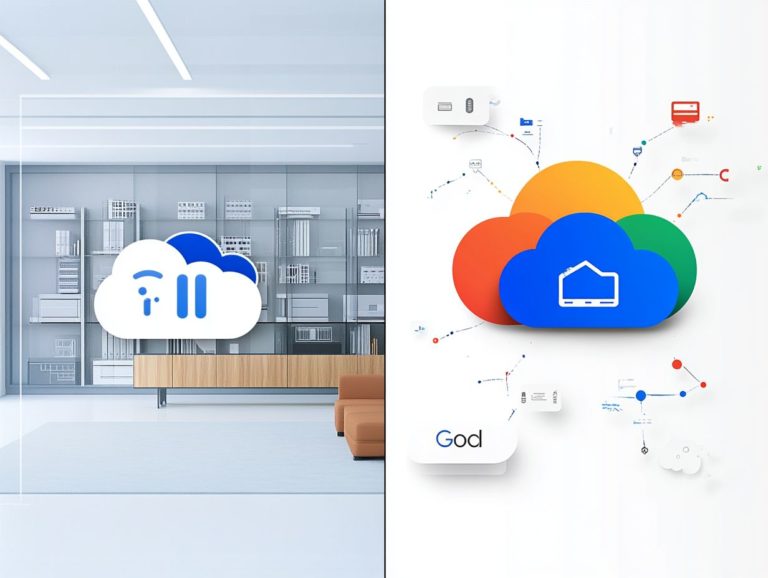A Guide to Pricing Models of Cloud Providers
Understanding cloud pricing models is essential for optimizing your cloud spending effectively.
Let s explore the exciting world of cloud pricing models! This article covers various pricing structures, such as pay-per-use, subscription-based, reserved instances, and spot instances.
When selecting a pricing model, key factors to consider include your usage patterns, budget management, and scalability.
A comparison of top cloud providers and their pricing approaches will empower you to make informed decisions that align with your specific needs.
Explore this information to uncover the best fit for your cloud strategy!
Contents
- Key Takeaways:
- What are Cloud Pricing Models?
- Types of Cloud Pricing Models
- Factors to Consider When Choosing a Pricing Model
- Comparing Cloud Providers and their Pricing Models
- Frequently Asked Questions
- What is a Guide to Pricing Models of Cloud Providers?
- What are the main types of pricing models offered by cloud providers?
- What factors should I consider when choosing a pricing model from a cloud provider?
- Are there any additional costs associated with cloud pricing models?
- Can I switch between different pricing models offered by a cloud provider?
- How can I ensure I am getting the best pricing for my needs?
Key Takeaways:
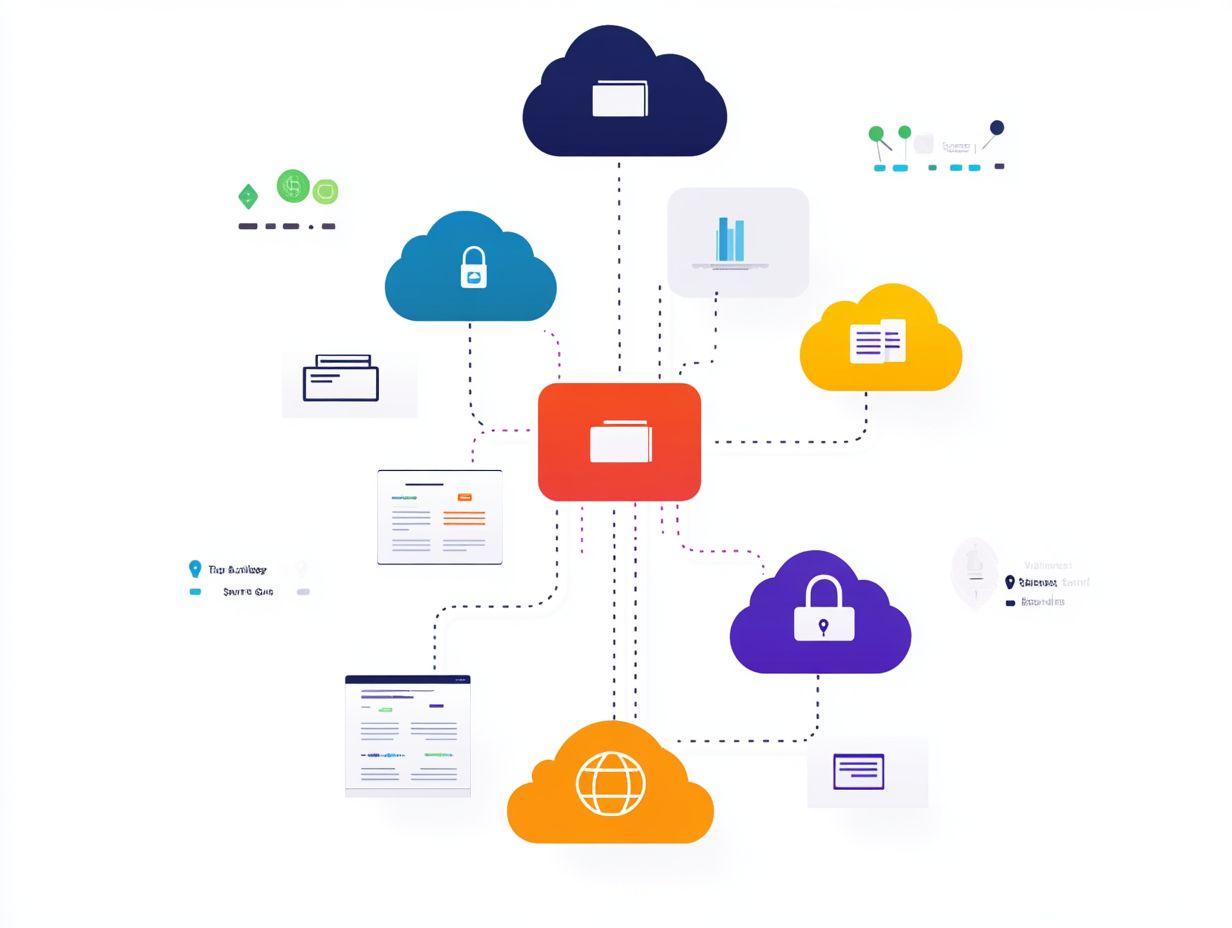
Understanding the different types of cloud pricing models is crucial in selecting the best fit for your business needs. Act now by considering your usage patterns, budget, and flexibility to optimize costs and efficiency.
Comparing the pricing models of top cloud providers can help you evaluate cloud pricing models and make an informed decision based on your specific requirements and goals.
What are Cloud Pricing Models?
Cloud pricing models serve as essential frameworks used by leading providers like AWS, Microsoft Azure, and Google Cloud Platform to structure their service charges, and understanding SaaS pricing models is crucial for making informed decisions.
These models are crafted for flexibility and scalability, allowing you to choose the most cost-effective options tailored to your unique requirements.
As cloud computing gains traction, understanding these pricing structures becomes paramount for effective cost management and resource optimization.
This in-depth exploration will guide you through the various types of cloud billing models and their implications, enhancing your cloud investment.
Types of Cloud Pricing Models
Understanding the various cloud pricing models is essential for managing costs effectively while leveraging cloud services.
These models include pay-per-use, subscription-based options, reserved instances, and spot instances. Each offers distinct advantages and potential drawbacks.
Whether you choose AWS savings plans or dynamic pricing strategies, making the right choice can lead to substantial cost optimization and improved budgeting for your compute resources, storage solutions, and networking services.
Pay-Per-Use
The pay-per-use model in cloud computing allows you to incur costs only for the resources you consume. This makes it a highly attractive option for organizations with variable workloads.
Many cloud providers use this pricing method, giving you the flexibility to manage your budget and expenses effectively. By understanding how pay-per-use influences your cloud costs, you can align your spending more closely with your actual usage patterns.
In this framework, computing resources like virtual machines, storage, and networking are charged based on real-time usage. You benefit from this model by only paying for the processing power or bandwidth you actually utilize. This is especially advantageous during peak times or fluctuating demand.
Managing costs becomes easier, but be mindful of potential drawbacks like unexpected expenses during high usage periods. Balancing expenditure with performance needs is essential for optimizing your cloud resources and ensuring they are allocated efficiently without overspending.
Subscription-Based
A subscription-based pricing model allows you to pay a fixed fee at regular intervals for access to specific cloud services and resources. This offers predictability and stability in your budgeting.
If your business has consistent workloads and resource needs, this approach can simplify cost management compared to variable pricing models. By grasping the nuances of subscription-based pricing, you can select the right cloud providers that align seamlessly with your operational strategy.
With a clear and consistent payment structure, you can allocate your financial resources more effectively, avoiding unexpected expenses that often come with fluctuating usage. This strategy enhances long-term cost savings, as subscriptions typically offer lower rates than pay-as-you-go options for high-volume users.
In the ever-evolving landscape of cloud computing, where new services are constantly emerging, embracing this model allows you to scale your capabilities smoothly while keeping your budget in check. Ultimately, subscription-based pricing creates a healthier financial environment, enabling you to focus more on your core activities rather than managing unpredictable costs.
Start comparing today to maximize your savings!
Reserved Instances
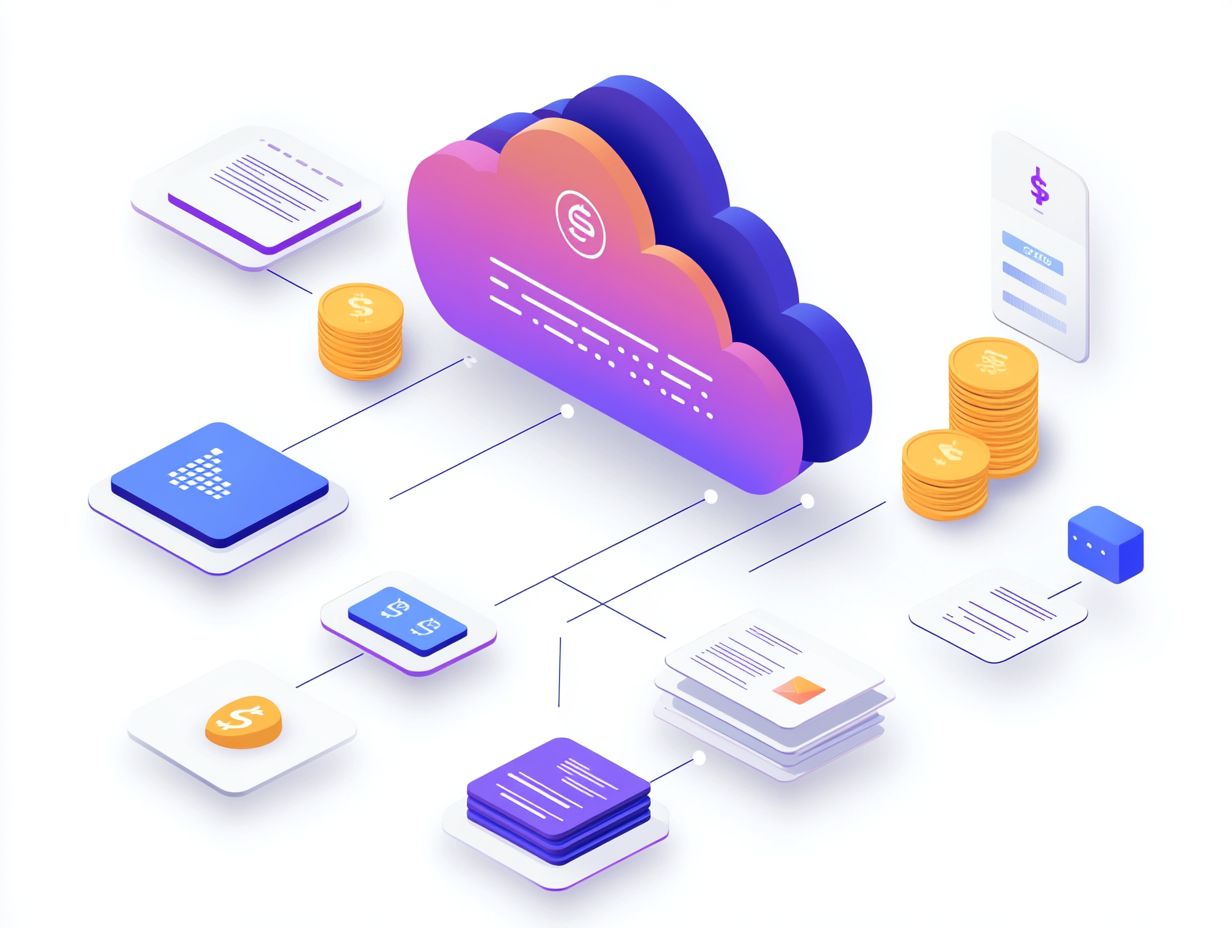
Reserved instances present a savvy cost-saving opportunity within cloud pricing models. You can commit to specific resources for a set period, yielding significant discounts compared to on-demand pricing.
Major providers, like AWS, offer savings plans for reserved instances. This model is especially helpful for organizations with predictable workloads.
Opting for reserved instances secures your cloud needs at a lower rate. It s an excellent strategy for businesses using resource-intensive applications.
Locking in discounted rates allows better budget allocation. This minimizes the unpredictability that comes with on-demand costs.
In hybrid cloud setups, reserved instances are crucial for cost optimization, aligning resources with operational demands.
Spot Instances
Spot instances let you take advantage of dynamic pricing. They offer cloud resources at significantly reduced rates.
By using these fluctuating rates, you can access high-performance computing without the high costs of on-demand instances. Providers implement a bidding system, letting you set your maximum price for computing power.
However, applications for critical operations should have fallback measures in place, like persistent storage.
Integrating spot instances can lead to substantial savings. This allows your company to use advanced capabilities while being financially smart.
Factors to Consider When Choosing a Pricing Model
When selecting a cloud pricing model, consider many factors, such as your usage patterns, budget, and need for flexibility.
Understanding how these elements interact helps you optimize your cloud costs. By evaluating your business needs, you can make informed decisions that align with your goals.
Usage Patterns and Predictability
Understanding your usage patterns is essential for choosing the best cloud pricing model. These factors directly influence your cloud costs and resource optimization.
By analyzing your historical usage metrics, you can identify peak times and overall consumption rates. This data helps you predict future demands, guiding your choice between pay-per-use, subscription plans, or reserved instances.
Aligning your pricing with actual usage enhances resource management. This approach keeps you within budget while maximizing the value of your cloud investments.
Budget and Cost Management
Establecer un presupuesto claro y estrategias efectivas de gesti n de costos es crucial para ti al seleccionar un modelo de precios en la nube.
Estos elementos influyen significativamente en tus decisiones sobre proveedores de nube y asignaci n de recursos.
Al examinar minuciosamente las diversas opciones de servicios en la nube, puedes identificar la estructura de precios m s adecuada que satisfaga tus necesidades operativas sin poner en riesgo tus recursos financieros.
Evaluar los costos implica mirar m s all de los precios base de los servicios. Tambi n debes considerar tarifas ocultas, costos de escalado y las posibles trampas de usar m s recursos de los necesarios.
Este enfoque proactivo te permite alinear tus gastos en la nube con tus objetivos estrat gicos. As , aseguras que no solo est s realizando inversiones inteligentes, sino tambi n maximizando tu retorno de inversi n.
Al integrar herramientas para monitorear y analizar tu uso de la nube, obtienes informaci n invaluable. Esto te permite refinar tu planificaci n financiera y adaptarte efectivamente a las cambiantes demandas del mercado.
Flexibility and Scalability
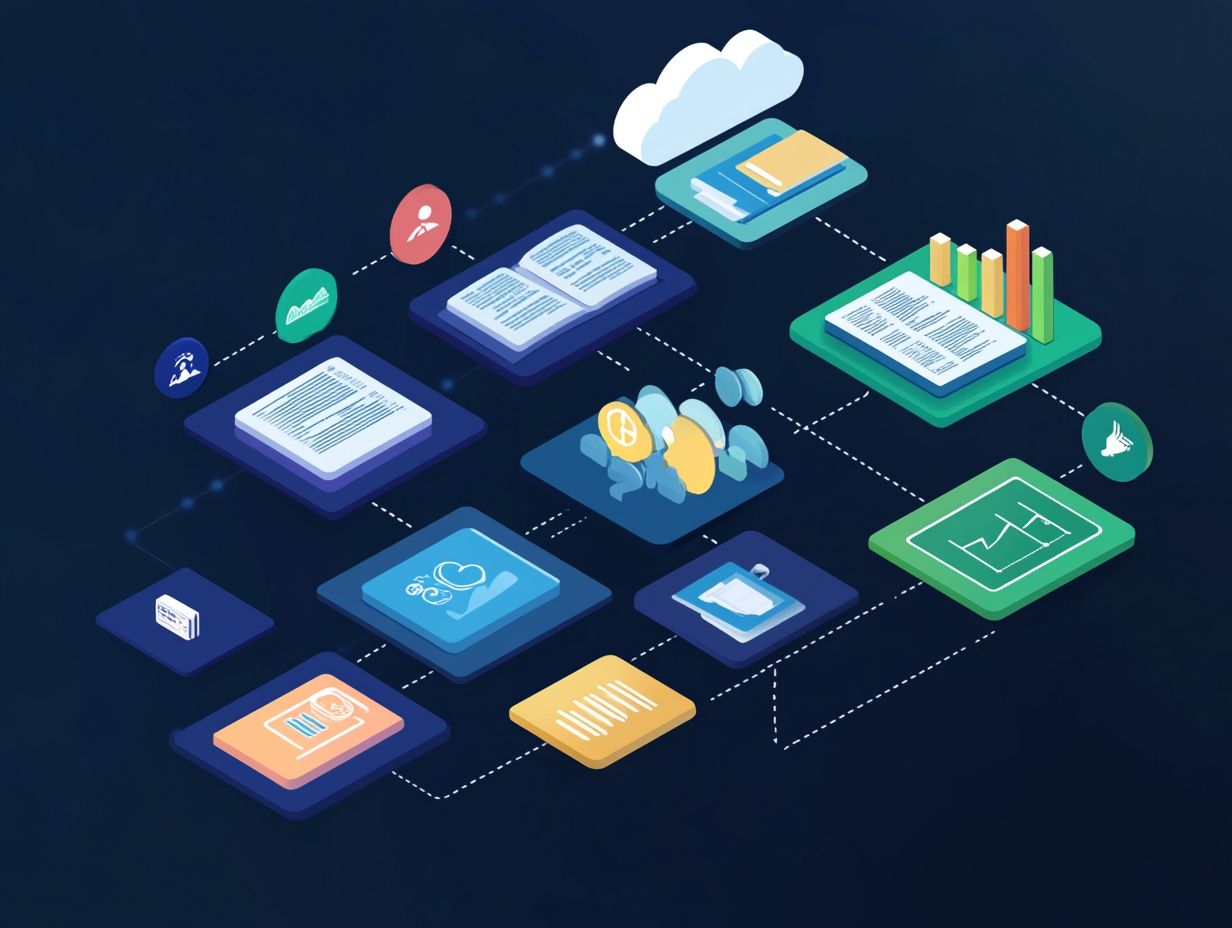
Al seleccionar un modelo de precios en la nube, la flexibilidad y la escalabilidad son esenciales.
Influyen significativamente en tu capacidad para adaptarte a las necesidades y demandas cambiantes en el entorno de la nube.
Si prev s fluctuaciones en tus requerimientos de recursos, es crucial elegir un modelo de precios que permita ajustes sin problemas.
De esta manera, tu arquitectura en la nube puede apoyar tanto el crecimiento como la evoluci n.
Al evaluar cuidadosamente la flexibilidad que ofrecen los diversos modelos, puedes optimizar tus servicios en la nube mientras mantienes los costos bajo control.
Por ejemplo, si est s utilizando planes de pago por uso, puedes ajustar tu uso seg n los datos en tiempo real. Esto te ayuda a evitar gastos innecesarios durante per odos m s tranquilos.
Por otro lado, si tus cargas de trabajo son m s predecibles, las instancias reservadas podr an ser tu mejor opci n, ya que pueden llevar a ahorros significativos a lo largo del tiempo.
Estas decisiones destacan c mo las estrategias de precios en la nube pueden mejorar la gesti n de costos en general.
Es vital que alinees tu arquitectura con soluciones escalables. Al incorporar flexibilidad en tu planificaci n, aseguras que est s bien preparado para manejar las demandas futuras sin enfrentar costos prohibitivos.
Comparing Cloud Providers and their Pricing Models
Cuando comparas proveedores de nube y sus modelos de precios, est s dando un paso crucial hacia la optimizaci n de tus costos.
Los principales actores como AWS, Microsoft Azure y Google Cloud Platform ofrecen una variedad de opciones de precios adaptadas a diversas necesidades.
Comprender las fortalezas y debilidades de cada modelo de precios puede influir profundamente en tu estrategia de nube y mejorar tus pr cticas de gesti n de costos.
Top Cloud Providers and their Pricing Models
Los principales proveedores de nube, como AWS, Microsoft Azure y Google Cloud Platform, ofrecen una variedad de modelos de precios en la nube adaptados a tus necesidades comerciales espec ficas.
El enfoque distintivo de cada proveedor respecto a precios impacta significativamente c mo gestionas costos y optimizas tus recursos en la nube.
Al profundizar en las diversas opciones de precios disponibles en estas plataformas, puedes tomar decisiones informadas que se alineen con tus objetivos de gesti n financiera.
Desde estructuras de pago por uso hasta instancias reservadas y precios de spot, cada proveedor de nube presenta caracter sticas nicas que se adaptan a diferentes patrones de uso y estrategias financieras.
Por ejemplo, AWS ofrece una amplia gama de opciones de precios que te permiten elegir modelos basados en la predictibilidad de la carga de trabajo, lo que puede llevar a ahorros sustanciales.
Por el contrario, Microsoft Azure enfatiza la implementaci n h brida, ofreciendo estrategias innovadoras de optimizaci n de costos para negocios que manejan recursos tanto en las instalaciones como en la nube.
De manera similar, Google Cloud Platform te recompensa con descuentos por uso sostenido, fomentando una gesti n eficiente de recursos sin el riesgo de costos excesivos.
Al comprender estas diferencias, puedes aprovechar con confianza los beneficios de los servicios en la nube mientras mantienes bajo control tu desembolso financiero.
Pros and Cons of Each Provider’s Pricing Model
Evaluating the pros and cons of each cloud provider’s pricing model is crucial. It helps you maximize your cloud investment and manage costs effectively.
Providers like AWS, Microsoft Azure, and Google Cloud Platform offer unique advantages and challenges. These factors can significantly impact how you use cloud services.
For example, some providers allow you to pay for what you use, giving you flexibility and scalability. However, keep a close eye on usage to avoid unexpected costs.
On the other hand, committing to longer-term discounts can lead to substantial savings. This is best for predictable workloads but requires a commitment that may limit your flexibility.
Understanding these differences helps you forecast expenses and allocate resources wisely. A thorough comparison allows you to budget confidently in the cloud landscape.
Frequently Asked Questions
What is a Guide to Pricing Models of Cloud Providers?
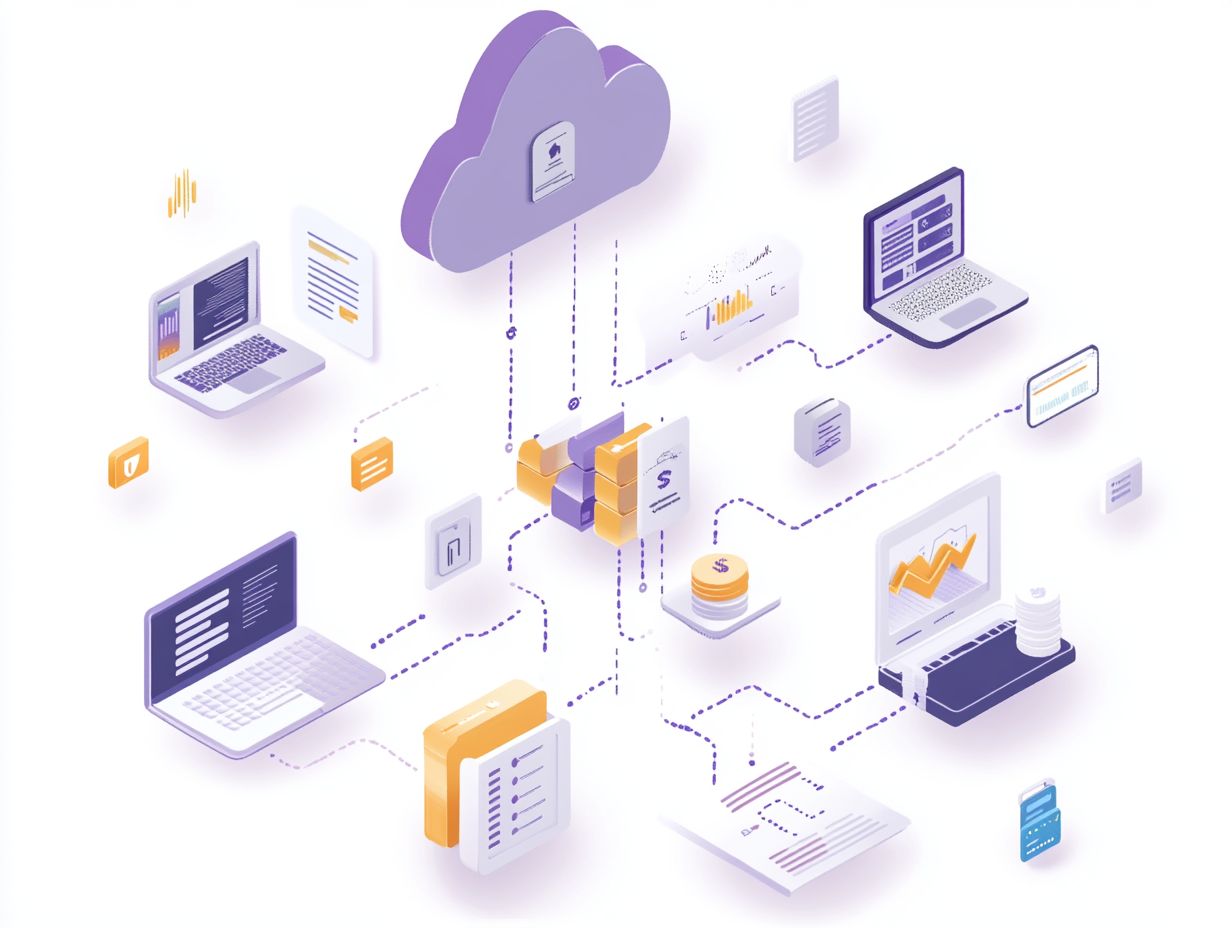
A Guide to Pricing Models of Cloud Providers explains the different pricing options available. It covers understanding the pricing structures of cloud providers, features, and key factors to consider when selecting a provider.
What are the main types of pricing models offered by cloud providers?
The main types of pricing models include pay for what you use, reserved instances, and spot pricing. Pay for what you use charges based on actual usage, while reserved instances offer discounts for longer commitments. Spot pricing gives discounts for using excess capacity.
What factors should I consider when choosing a pricing model from a cloud provider?
Consider your usage patterns, budget, and desired flexibility. Research the features and limitations of each model to find the best fit for your needs.
Are there any additional costs associated with cloud pricing models?
Yes, there can be extra costs like data transfer fees and storage fees. Review each model s terms to understand potential additional charges.
Can I switch between different pricing models offered by a cloud provider?
Switching depends on the provider’s policies. Some allow changes, while others may require a commitment. Check directly with your provider for specific rules.
How can I ensure I am getting the best pricing for my needs?
Regularly review your usage to ensure optimal pricing. Compare options from different providers to identify the most cost-effective solution for you.






